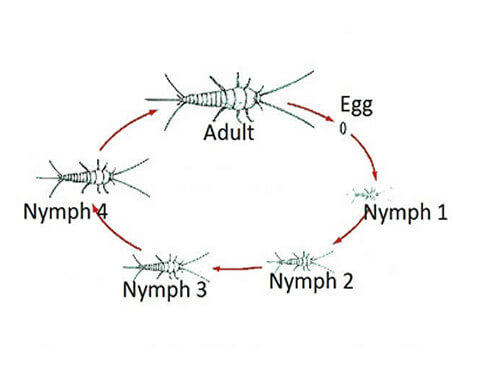Silverfish Control Services
Silverfish Control Services
Silverfish are teardrop-shaped, silvery, or gray in color. They have a tapered abdomen with 3 long,bristle-like appendages. They are wingless with 2 slender antennae and they run very fast. Silverfish measures up to 10-12 mm in length. Silverfish can survive in all types of environments including high humid conditions. They are found in dark, damp areas like attics, basements, kitchens, and bathrooms.
Silverfish is an utter nuisance in your homes as they can cause immense problems by damaging valuable books, paintings, photographs, plaster, and any other household item which contains starch or cellulose. Though they do not cause any health problems but are very destructive as they not only destroy valuables as stated earlier but also your good memories.
In small numbers, the silverfish do not cause much of a problem but in large numbers, they can cause substantial damage if left unnoticed for a long period of time.
Silverfish Lifecycle

Silverfish prefer warm, humid places and are especially attracted to paper and damp clothing. It lays eggs that are hidden in tiny cracks in these warm and damp places, thereby making it difficult for anyone to spot these eggs. Some Silverfish lay few eggs and some lay clusters of 2 to 20 eggs on a daily basis. It takes about 2 weeks to 2 months for the eggs to hatch. The eggs hatch into a nymph which is white in color and a little smaller than the adult silverfish.
A silverfish live up to three years.
If you notice Silverfish in your Books, Cupboards, Kitchen, and Bathroom, it is time to call the expert from RPA Pest Control Services to control the silverfish on your premises and provide an appropriate Silverfish control treatment. Call us on 7827144714 / 8318145337.

